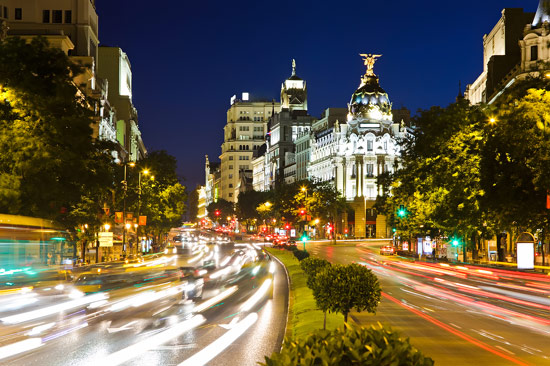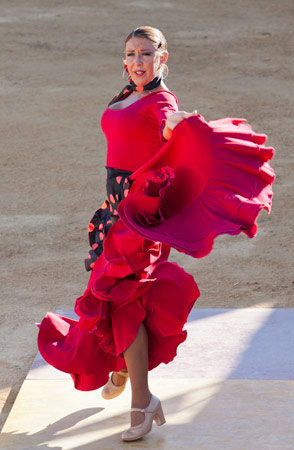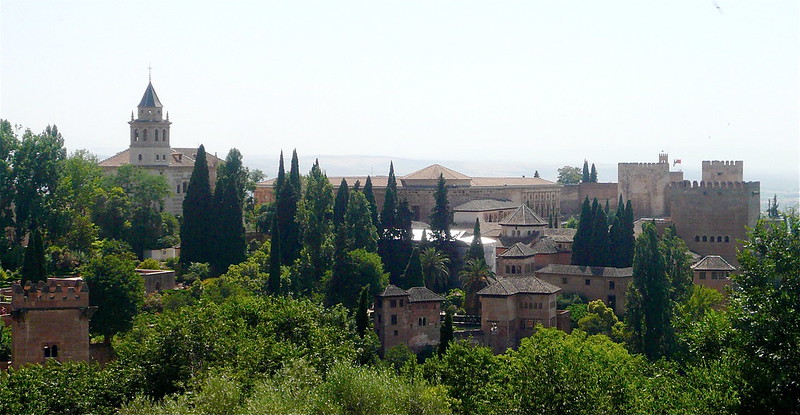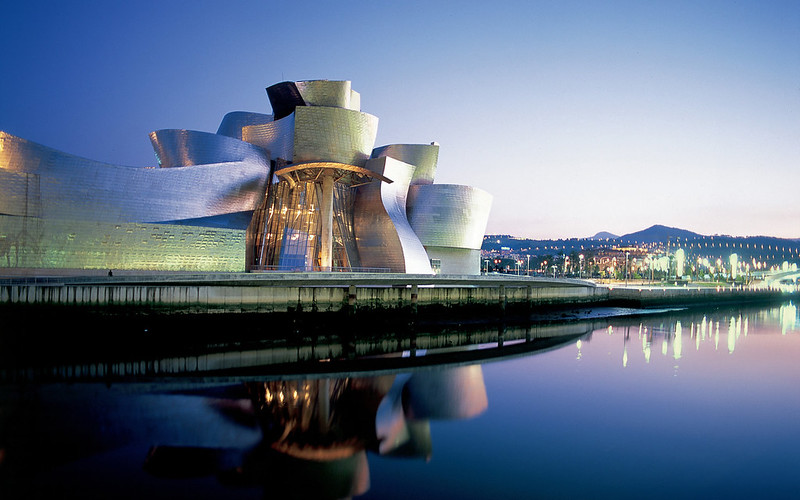Country Snapshot: Country Snapshot
Land/Geography/Regions
Spain is a southwestern European country occupying the Iberian Peninsula, which it shares with Portugal. The country’s extensive coastline includes the Mediterranean Sea, north Atlantic Ocean, and Bay of Biscay, within which lie Spain’s Balearic and Canary Islands. Additionally, two autonomous Spanish cities exist in coastal North Africa: Ceuta and Melilla.
Along with the Spanish coastline, the land includes several mountainous regions that divide a central plateau called the Meseta Central. The Pyrenees Mountains in the northeast separate Spain from France, and smaller mountainous regions throughout the country serve to divide it regionally.
People and Culture
The Spanish people comprise a diverse ancestry including native inhabitants from the Mediterranean and centuries of rule under the Roman Empire. Invasions and settlement by both northern and southern regions brought Nordic peoples, the Germanic tribe of Visigoths, and north African Moors. Sephardic Jews also originate in Spain, descended from the region’s indigenous ethnic Jews.
Each of these groups contribute to the modern culture of Spain. Both the dominant Spanish language and legal system are based on the foundations established by the Romans. This also is true of Spain’s majority religion, Roman Catholicism. Most of Spain’s population belongs to four major ethnicities: Basque, Galician, Castilian, and Catalan. Castilian Spanish is the official language, while other languages used include Galician-Portuguese, Basque, Catalan, and Occitan.
Noted characteristics of Spanish culture include prioritizing family, the afternoon siesta—a several-hour break occurring after lunch—and eating tapas. These small servings generally accompany a drink, may be combined to serve as a main meal, and are comprised of various items from seafood to olives.
History
Spain’s location served as a major trade route between Africa and Europe, and the Iberian Peninsula has been settled for tens of thousands of years. The Roman Empire ruled the country for 700 years, beginning in 206 BCE, and laid a primary foundation for Spanish culture which includes religion, language, and law. After Arabs introduced silk in the 8th century, the industry thrived in Spain through the 15th century, particularly in the country’s southern al-Andalus region, later known as Andalusia.
It was after the Reconquista, a long series of battles and wars between Christians and Muslims lasting for almost 800 years, that Spain took its present form. This occurred in 1492, when Christian forces defeated a flagging Arab empire, which surrendered its last stronghold in Grenada.
As the most powerful European nation of the 16th century, the Spanish monarchy funded exploration across the Atlantic Ocean, spreading the country’s influence into North America and the New World. Successive wars and revolts eroded Spain’s power, and the French occupied the country in the early 1800s. Major events followed, including a brief ousting of the monarchy, losing a war with the United States, the Spanish Civil War, and the rise of a closed, nationalist economy under Francisco Franco.
Despite its neutral stance during World War II, Franco’s dictatorial policies isolated the country from the rest of post-war Europe. The groundwork for opening the region’s economy was laid in the 1960s, and Franco’s death in 1975 resulted in both social and economic improvements. When Prince Juan Carlos de Borbón y Borbón assumed power in 1975, he led the peaceful transition to democracy, with the country approving a new constitution in 1978. The economy grew quickly after the change to democratic rule and Spain joined the European Union in 1986.
Climate and Biodiversity
The diverse geography of Spain results in varying regionally-based climates. Overall, Spain has a Mediterranean climate defined by hot, dry summers and mild, rainy winters. In the central Meseta plateau, the climate is continental, bringing hot, dry summers and cold winters. Mountainous regions see higher amounts of rainfall and snow seasonally and a northern maritime climate includes cool summers and mild winters.
Spain is considered a biodiversity hotspot of the world. The coastal waters have a high level of biological variation, and distinct flora and fauna exist in intertidal zones, beaches, cliffs, dunes, salt marshes, and saline steppes that include low grasslands and shrubs. Spain also has freshwater habitats, wetlands, and wooded zones, covering about a third of the country.
Many of Spain’s native species are nearing a threatened state due to several factors such as human activity and coastal urbanization, natural disasters, and climate change. Some of the country’s endangered animals are the golden eagle, Iberian wolf, and Spanish ibex. A significant species is the Iberian pig, with the largest populations found in the central and southern regions. Their traditional diet of acorns along with intramuscular fat result in highly prized ham, a Spanish specialty product referred to as jamón.
Economy
Spain’s economy is largely based upon burgeoning tourism and the manufacture of pharmaceuticals, textiles, apparel, footwear, and chemicals. The country’s top exports are automobiles and pharmaceuticals, with citrus fruits and olives as the top agricultural products.
The economy is defined as capitalist mixed, which includes principles like protection and ownership of property, as well as the government’s right to exist in the economic realm with aims toward maintaining social programs. Spain’s economy is among the largest in the world, and the euro is the official currency.
Government
The Spanish government consists of three branches: executive, legislative, and judicial. They operate in Madrid, the country’s capital city. Spain is a parliamentary constitutional monarchy; therefore, it recognizes a king or queen as chief of state, following a hereditary line. The prime minister is the acting head of the government and officially referred to as the president of the government of Spain. The monarch is commander-in-chief of the armed forces and proposes a prime minister from the party that receives the most votes following elections, which occur every four years.
The legislative branch is composed of the Senate, with members serving four-year terms unless the government is dissolved and new elections take place. The judicial branch includes a Supreme Court which is organized by the following rooms: civil, penal, administrative, social, and military. These groups are made up of numerous judges—seven to 32—and there is a president of each group.
Article written for World Trade Press by Felicia Topp.
Copyright © 1993—2024 World Trade Press. All rights reserved.

 Spain
Spain 



